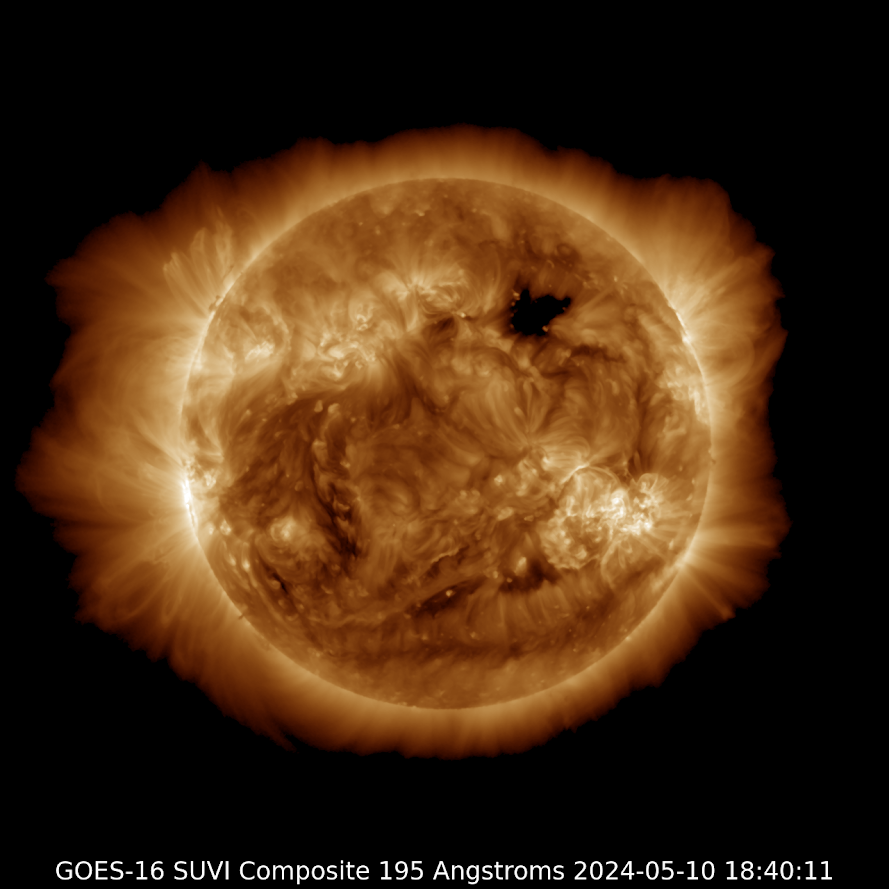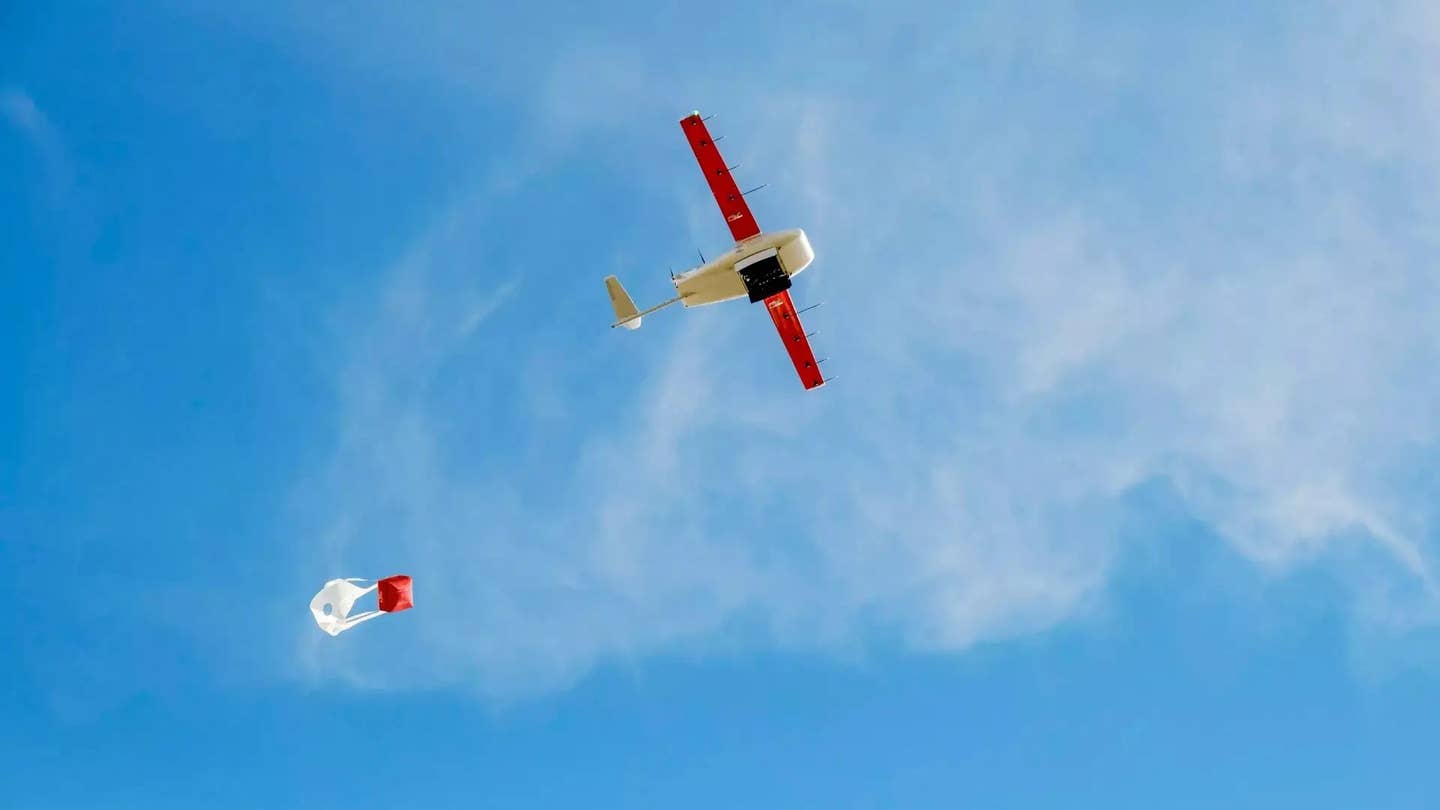Strong Geomagnetic Storm Could Impact GPS Navigation, FAA Warns
According to the National Oceanic and Atmospheric Association, satellite navigation may be degraded or inoperable for hours.

A composite image made by GOES-16 extreme ultraviolet (EUV) telescope, the Solar Ultraviolet Imager (SUVI).Observations of solar EUV emission aids in the early detection of solar flares, coronal mass ejections (CMEs), and other phenomena that impact the geospace environment. [Courtesy: NOAA]
Pilots who rely on GPS, also known as “the magenta line,” for navigation may have a difficult time getting around this weekend as geomagnetic disruptions in the Earth's atmosphere may create "satellite disruptions" that could impact GPS navigation among other things.
According to the National Oceanic and Atmospheric Association (NOAA), space weather forecasters have observed "at least seven coronal mass ejections [CMEs] from the sun, with impacts expected to arrive on Earth as early as midday Friday, May 10, and persist through Sunday, May 12."
The prediction prompted a warning for pilots from the FAA.
"Geomagnetic storms can disrupt navigational aids and high frequency radio transmissions used in aviation. The FAA advises airlines and pilots to plan ahead to mitigate possible disruptions," the agency said in a statement.
NOAA issued a Severe (G4) Geomagnetic Storm Watch and states these watches will be updated through the weekend.
First G4 (Severe) geomagnetic since 2005 has been issued.
— NOAA (@NOAA) May 10, 2024
The aurora tonight (5/10) /tomorrow morning (5/11) may become visible over much of the northern half of the country, & possibly as far south as Alabama to northern California. https://t.co/upPlNYuNev@NWSSWPC @NWS pic.twitter.com/JTHmXtRKOc
According to NOAA, coronal mass ejections (CMEs) are explosions of plasma and magnetic fields from the sun's corona. These storms can disrupt satellites and infrastructure in near-Earth orbit, "potentially disrupting communications, the electric power grid, navigation, [and] radio and satellite operations."
The agency refers to the situation as "an unusual and potentially historic event" and warns satellite navigation (GPS) may be degraded or inoperable for hours, and high frequency radio propagation could be sporadic or blacked out.
These storms are also visible from the Earth as displays of aurora and may result in displays being seen as far south as Alabama.
This is a developing story.
WATCH: NOAA’s GOES-16 satellite captured activity at sunspot AR3664 at around 2 p.m. EDT, Thursday

Subscribe to Our Newsletter
Get the latest FLYING stories delivered directly to your inbox






